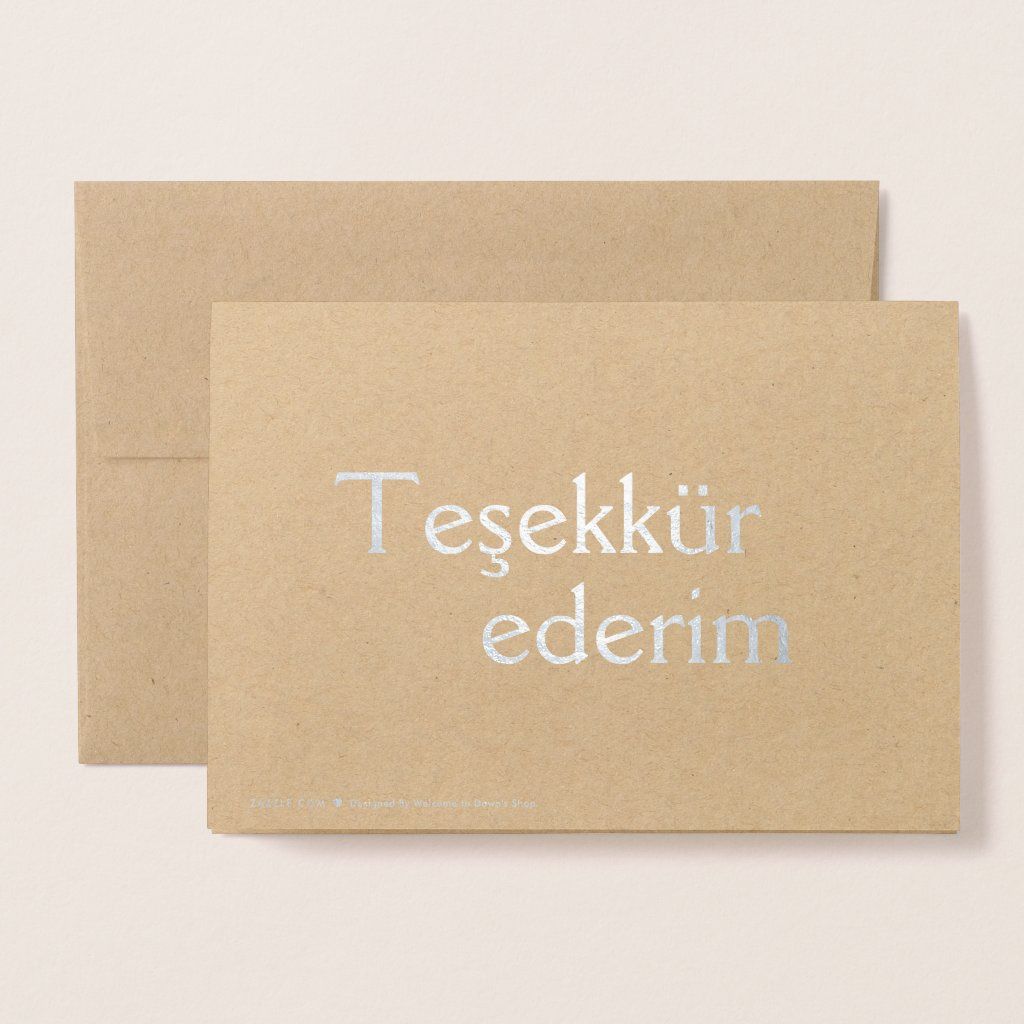Cảm Ơn Meaning: How to Say “Thank You” in Vietnamese
Understanding the meaning of “Cảm ơn” is essential for effective communication in Vietnam. This thorough guide delves into the intricacies of expressing gratitude in Vietnamese, equipping you with the knowledge and confidence to navigate social situations gracefully. Many learners struggle with the subtleties of Vietnamese grammar and cultural expectations, often leading to awkward or inappropriate expressions of gratitude. This article clarifies how to say thank you appropriately, providing both formal and informal options. We will cover how to use “cảm ơn” in varied contexts, from everyday conversations to more formal settings. We will offer numerous examples and explain the proper pronunciation to ensure you are expressing your gratitude correctly. The structure of this article will be as follows: first, we’ll look at the fundamental meaning of “Cảm ơn” and its various applications, then we’ll explore nuanced expressions and how to select the right one based on the situation, followed by practical examples to enhance your understanding.
Understanding the Core Meaning of "Cảm ơn"
The Foundation of Vietnamese Gratitude
“Cảm ơn” is the most common way to say “thank you” in Vietnamese. It directly translates to “to feel grateful.” Its application transcends simple politeness; it reflects the deep cultural appreciation and social etiquette prevalent in Vietnamese society. This fundamental understanding of the term is critical for effective communication. Vietnamese people value expressing gratitude as a cornerstone of respect and social harmony. Thus, using the correct phrasing not only conveys appreciation but also demonstrates awareness of local customs. Numerous factors determine appropriate phrasing, like the level of formality, relationship with the person you’re thanking, and the specific context of the interaction. Knowing the correct application fosters understanding and strengthens interpersonal relationships within Vietnamese communities.
varied Contexts, varied Expressions
The use of “cảm ơn” varies based on the context. In formal settings, you might use slightly more elaborate phrases to show your appreciation. Casual conversations often employ shorter, more relaxed phrasing.
Learning the nuances of these expressions empowers you to express your gratitude effectively, regardless of the situation. Understanding these variations builds bridges across social boundaries and promotes achievementful interactions.
Nuanced Expressions of Gratitude
Formal Expressions
In formal settings, more elaborate expressions of gratitude are common. These acknowledge the formality of the situation and elevate the expression to a more respectful level. Examples include: “Rất cảm ơn” (very grateful) or “Xin cảm ơn” (please accept my thanks). These phrases emphasize the importance of politeness and respect in formal situations. For instance, if thanking a professor for their guidance, “Xin cảm ơn” would be more fitting than a casual “cảm ơn”.
Informal Expressions
For everyday conversations, using the basic “cảm ơn” is appropriate. This is particularly true when interacting with friends, family, and colleagues in relaxed settings. Additionally, shorter, more casual expressions like “Cảm ơn nhiều” (thank you very much) or “Cảm ơn bạn” (thank you) reflect the close connection between individuals in informal interactions. Familiar conversations naturally favor simplicity and ease, making these informal phrases essential in these situations.
Practical Examples and Pronunciation
Everyday Scenarios
“Cảm ơn” is used frequently in daily life. For instance, “Cảm ơn” is used when thanking someone for giving you something, help you with something, or for a favor. Imagine ordering food in a restaurant, “Cảm ơn” is the standard expression when receiving your meal. This frequent application underscores its importance in everyday communication.
Formal Situations
In formal settings like meetings or presentations, “Xin cảm ơn” is the appropriate choice, showing deference and respect to the recipient. Using more formal expressions shows your consideration for the other party’s status.
Beyond "Cảm ơn": Other Expressions
Alternative Phrases
Beyond “cảm ơn,” Vietnamese offers a rich array of phrases expressing gratitude. These can scope from casual to exceptionally polite, depending on the situation and the relationship with the recipient. For instance, “Xin lỗi” translates to “I’m sorry” and is used in situations when you need to ask for forgiveness or make amends. There are numerous expressions to help one communicate their feelings with greater precision and respect. This nuance makes learning Vietnamese a richer and more rewarding experience.
Cultural Significance
Expressing gratitude is deeply ingrained in Vietnamese culture. It’s more than just a courtesy; it’s a reflection of respect and appreciation for others. Understanding this cultural facet of expressing gratitude is crucial for interacting effectively within Vietnamese society.
Related Post : How to Teach Colors and Shapes to Toddlers
Tips for Mastering "Cảm ơn"
Pronunciation Guide
Mastering the pronunciation of “Cảm ơn” is key to conveying gratitude effectively. This involves proper vowel and consonant sounds. Practicing the pronunciation and repetition of the words will lead to easier communication.
Contextual Awareness
Understanding the context is essential when using “cảm ơn.” The tone of voice can also alter the meaning of a sentence. Paying attention to tone will help you avoid misunderstandings or misinterpretations of your words.
Further Resources
Online Learning Platforms
Numerous online resources offer thorough Vietnamese language courses, including pronunciation guides and cultural insights. These can aid in practicing and reinforcing your understanding of expressions of gratitude.
Language Exchange Partners
Connecting with native Vietnamese speakers through language exchange platforms can enhance your understanding of how “Cảm ơn” is used in varied contexts.
Conclusion to Expressing Appreciation
Learning the Nuances
Learning the nuanced meanings of “Cảm ơn” and its alternative expressions is crucial. The proper use conveys respect, gratitude, and sensitivity. Learning the varied contexts under which you might use “cảm ơn” will enrich and deepen your understanding of Vietnamese culture.
The Importance of Respect
Respect is paramount in Vietnamese culture, and correctly expressing gratitude reflects this core value.
FAQ
What are some other ways to say thank you in Vietnamese besides "Cảm ơn"?
There are many other ways to say thank you in Vietnamese depending on the context and the relationship with the recipient. Some alternative phrases include “Xin cảm ơn” (formal), “Cảm ơn nhiều” (thank you very much), and “Cảm ơn bạn” (thank you). Learning these varied variations will help you tailor your expression of appreciation to the specific situation. This allows you to express your gratitude with a higher level of cultural sensitivity and awareness.
How can I optimal practice using "Cảm ơn" and other expressions of gratitude in Vietnamese?
Practicing with native speakers is highly recommended. You can join language exchange groups, online forums, or even consider taking a Vietnamese language course. Finding opportunities to use these phrases in real-life situations will greatly improve your proficiency and understanding of Vietnamese culture. Immersion and active practice are key to mastering any language.
Additional Tips
Body Language
Body language plays a significant function in Vietnamese communication. A warm smile and a respectful posture can enhance your expression of gratitude. Nonverbal cues add a layer of meaning to spoken words and significantly influence the interpretation of your messages.
Cultural Considerations
Vietnamese culture emphasizes politeness and respect. Understanding and observing these cultural norms will allow you to express gratitude appropriately and avoid misunderstandings. Observing these cultural nuances will help you communicate with greater respect and cultural sensitivity. This can lead to stronger relationships and better communication outcomes in a new environment.
In conclusion, mastering the art of expressing gratitude in Vietnamese, whether through formal or informal expressions, is crucial for effective communication. By understanding the nuances of “Cảm ơn” and its various contexts, you can navigate social situations with grace and respect. The examples offerd offer practical guidance for everyday use, empowering you to express appreciation with fluency and confidence. To further enhance your Vietnamese language skills, consider exploring online resources, language exchange partners, or enrolling in a Vietnamese language course. Learning a new language is a journey, and taking proactive steps to practice and expand your knowledge will solidify your understanding and deepen your connection to the Vietnamese culture. Practice saying “cảm ơn” today! What are you waiting for?
Share this content:




Post Comment